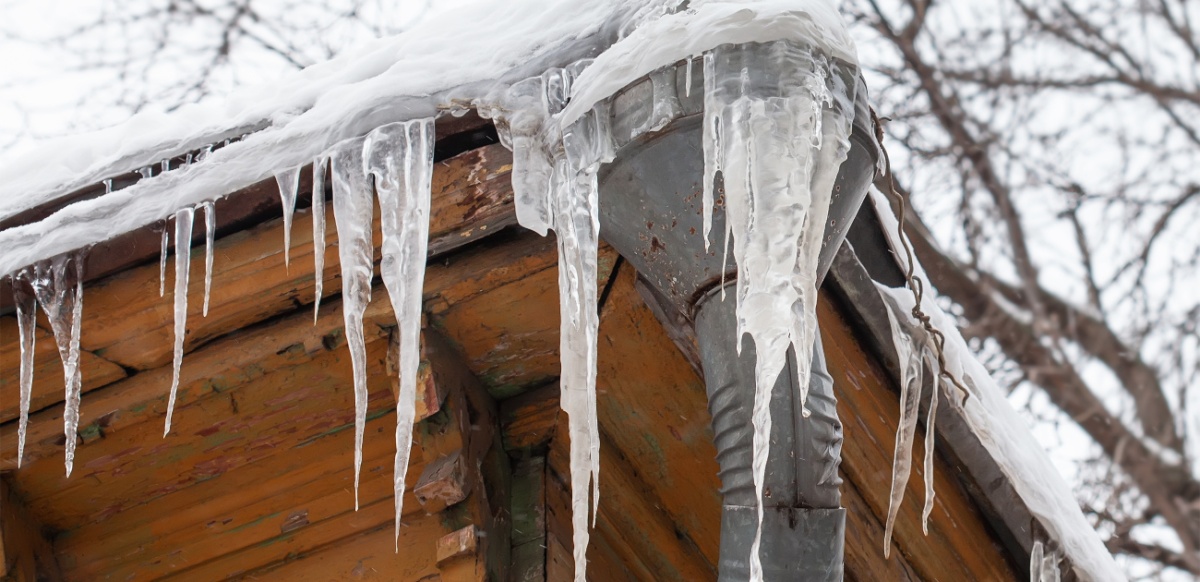What're your ideas about How to Prevent Your Pipes From Freezing?
:strip_icc()/snow-outdoor-faucet-pipes-4af65d1e5e904fb1aa7bf74071fe5d89.jpg)
Winter can ruin your pipes, specifically by freezing pipelines. Below's just how to stop it from taking place and what to do if it does.
Intro
As temperature levels decrease, the threat of icy pipes rises, potentially leading to expensive repairs and water damage. Recognizing how to stop frozen pipes is crucial for house owners in cool climates.
Comprehending Icy Pipelines
What creates pipes to freeze?
Pipes freeze when subjected to temperature levels listed below 32 ° F (0 ° C) for expanded durations. As water inside the pipelines ices up, it increases, taxing the pipeline wall surfaces and possibly creating them to break.
Threats and problems
Icy pipes can result in water system interruptions, residential or commercial property damage, and expensive fixings. Ruptured pipes can flood homes and cause comprehensive structural damages.
Indications of Frozen Water Lines
Identifying icy pipelines early can avoid them from rupturing.
Exactly how to recognize frozen pipelines
Look for reduced water flow from faucets, unusual odors or noises from pipes, and visible frost on exposed pipes.
Avoidance Tips
Shielding prone pipes
Cover pipes in insulation sleeves or use heat tape to shield them from freezing temperature levels. Focus on pipes in unheated or exterior areas of the home.
Home heating methods
Maintain indoor spaces appropriately heated up, especially areas with pipes. Open cupboard doors to enable cozy air to circulate around pipes under sinks.
Securing Exterior Plumbing
Yard tubes and outside taps
Disconnect and drain garden hose pipes before winter. Mount frost-proof faucets or cover exterior taps with protected caps.
What to Do If Your Pipes Freeze
Immediate actions to take
If you presume icy pipelines, keep faucets open to alleviate stress as the ice thaws. Use a hairdryer or towels taken in hot water to thaw pipes gradually.
Long-Term Solutions
Structural changes
Think about rerouting pipelines away from outside walls or unheated locations. Add additional insulation to attic rooms, basements, and crawl spaces.
Updating insulation
Invest in top notch insulation for pipes, attics, and wall surfaces. Proper insulation assists keep consistent temperature levels and minimizes the threat of icy pipes.
Conclusion
Protecting against frozen pipelines calls for positive procedures and fast reactions. By recognizing the reasons, signs, and preventive measures, house owners can shield their plumbing throughout winter.
5 Ways to Prevent Frozen Pipes
Drain Outdoor Faucets and Disconnect Hoses
First, close the shut-off valve that controls the flow of water in the pipe to your outdoor faucet. Then, head outside to disconnect and drain your hose and open the outdoor faucet to allow the water to completely drain out of the line. Turn off the faucet when done. Finally, head back to the shut-off valve and drain the remaining water inside the pipe into a bucket or container. Additionally, if you have a home irrigation system, you should consider hiring an expert to clear the system of water each year.
Insulate Pipes
One of the best and most cost-effective methods for preventing frozen water pipes is to wrap your pipes with insulation. This is especially important for areas in your home that aren’t exposed to heat, such as an attic. We suggest using foam sleeves, which can typically be found at your local hardware store.
Keep Heat Running at 65
Your pipes are located inside your walls, and the temperature there is much colder than the rest of the house. To prevent your pipes from freezing, The Insurance Information Institute suggests that you keep your home heated to at least 65 degrees, even when traveling. You may want to invest in smart devices that can keep an eye on the temperature in your home while you’re away.
Leave Water Dripping
Moving water — even a small trickle — can prevent ice from forming inside your pipes. When freezing temps are imminent, start a drip of water from all faucets that serve exposed pipes. Leaving a few faucets running will also help relieve pressure inside the pipes and help prevent a rupture if the water inside freezes.
Open Cupboard Doors
Warm your kitchen and bathroom pipes by opening cupboards and vanities. You should also leave your interior doors ajar to help warm air circulate evenly throughout your home.

I was brought to that write-up about Winter Plumbing Precautions: Preventing Frozen Pipes from an associate on a different domain. Sharing is good. You never know, you may be doing someone a favor. Thanks a bunch for being here. Don't hesitate to stop by our site back soon.
Get Estimate